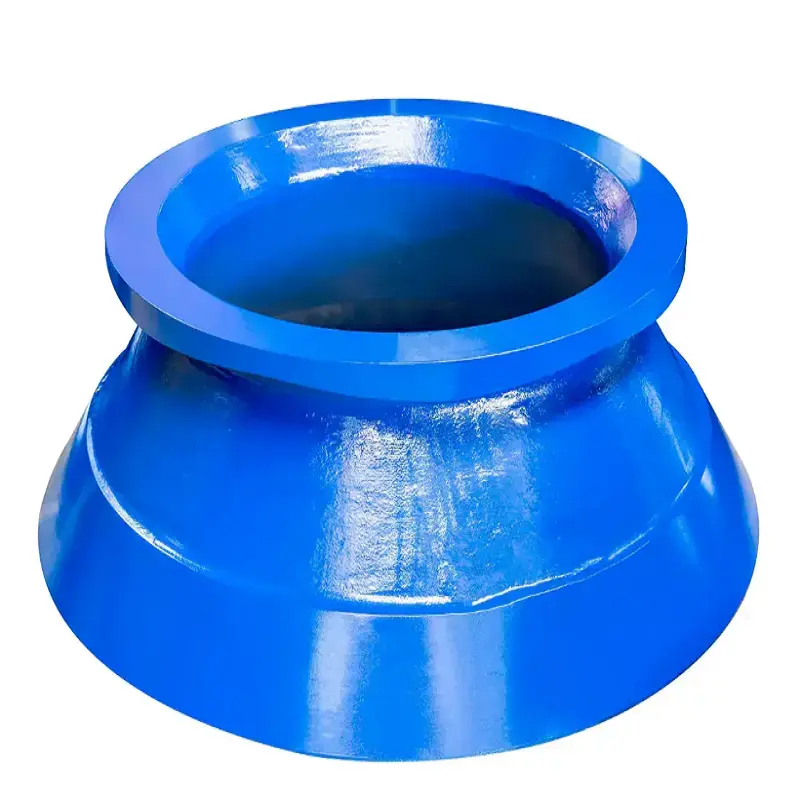Installation and commissioning of the jaw plate: Detailed guide
The jaw plate is an important component of the Jaw Crusher. The correctness of its installation and commissioning directly affects the operational efficiency and service life of the equipment. This article will provide you with a detailed guide for the installation and commissioning of the jaw plate to help you ensure the stable operation and efficient production of the equipment.
First, the installation steps of the jaw plate
1. Preparations
Before installing the jaw plate, adequate preparatory work needs to be done. This includes checking the integrity of the jaw plate and the cleanliness of the equipment. Ensure that the jaw plate is not damaged, deformed or cracked, and that the installation surface of the equipment is clean and free of impurities.
2. Positioning and fixation
Place the jaw plate in the correct position of the jaw crusher. Ensure that the connection parts of the jaw plate and the equipment are aligned, and use dedicated tools and equipment to fix them. Usually, the jaw plate is fixed to the equipment by bolts or clips to ensure it is firm and stable.
3. Check the clearance
After the installation is completed, it is necessary to check the gap between the jaw plate and the equipment. Use a feeler gauge or other measuring tools to ensure that the gap meets the technical requirements of the equipment. Excessive or insufficient clearance may both affect the operational efficiency and service life of the equipment.
4. Tighten the bolts
After confirming that the clearance meets the requirements, use a torque wrench to tighten all the bolts. Ensure that the tightening torque of the bolts complies with the recommendations of the equipment manufacturer to avoid equipment failure caused by loose bolts.
Second, the debugging steps of the jaw plate
1. Check the balance
When debugging the jaw plate, it is necessary to check its balance first. Ensure that the jaw plate remains balanced during the operation of the equipment to avoid vibration or damage to the equipment due to imbalance. Balance can be achieved by adjusting the bolts or washers.
2. Adjust the gap
During the operation of the equipment, it is necessary to regularly check the gap between the jaw plate and the equipment. According to the operation status of the equipment and the characteristics of the materials, adjust the gap in a timely manner to ensure the best crushing effect and equipment operation efficiency.
3. Check for wear and tear
Regularly check the wear condition of the jaw plate. If severe wear is found, it should be replaced or repaired in time to avoid a decline in equipment performance or failure due to wear.
4. Check the lubrication
Ensure that the connection parts and moving components of the jaw plate are fully lubricated. Regularly add or replace lubricating oil to reduce friction and wear and extend the service life of the equipment.
Third, precautions for installation and commissioning
1. Follow the technical specifications
When installing and debugging the jaw plate, it is essential to follow the technical specifications and operation manual of the equipment manufacturer. These norms and manuals provide detailed operation steps and precautions to ensure the correct installation and commissioning of the equipment.
2. Use professional tools
Installation and commissioning should be carried out using professional tools and equipment, such as torque wrenches, feelers, levels, etc. These tools can ensure the accuracy of installation and commissioning, and improve the operational efficiency and service life of the equipment.
3. Regular maintenance
Regularly maintain and inspect the jaw plate to promptly identify and address potential issues. Regular maintenance not only extends the service life of the equipment, but also enhances its operational efficiency and safety.
4. Safety first
When carrying out installation and commissioning work, safety must be given top priority. Wear necessary protective equipment, such as gloves and goggles, to avoid accidents caused by improper operation.
The installation and commissioning of the jaw plate is an important link in the operation of the jaw crusher. Through correct installation and commissioning, the stable operation and efficient production of the equipment can be ensured. During the installation process, adequate preparatory work needs to be carried out to ensure the correct positioning and fixation of the jaw plate. During the debugging process, it is necessary to check the balance, adjust the clearance, and inspect the wear and lubrication conditions. By following technical specifications, using professional tools, conducting regular maintenance and paying attention to safety, the operational efficiency and service life of the equipment can be effectively enhanced. It is hoped that the guide in this article can help you better install and debug the jaw plate, ensuring the stable operation and efficient production of the equipment.




